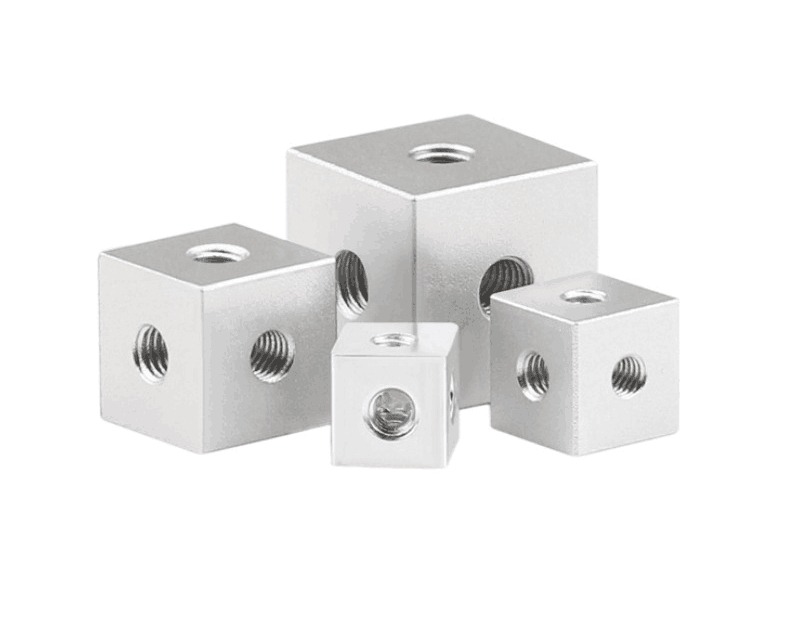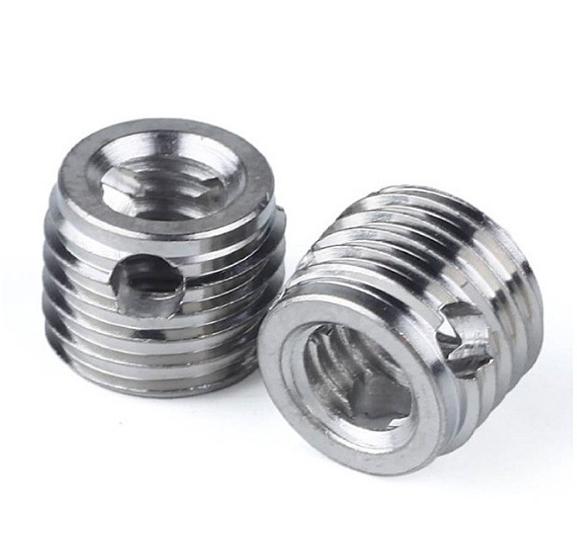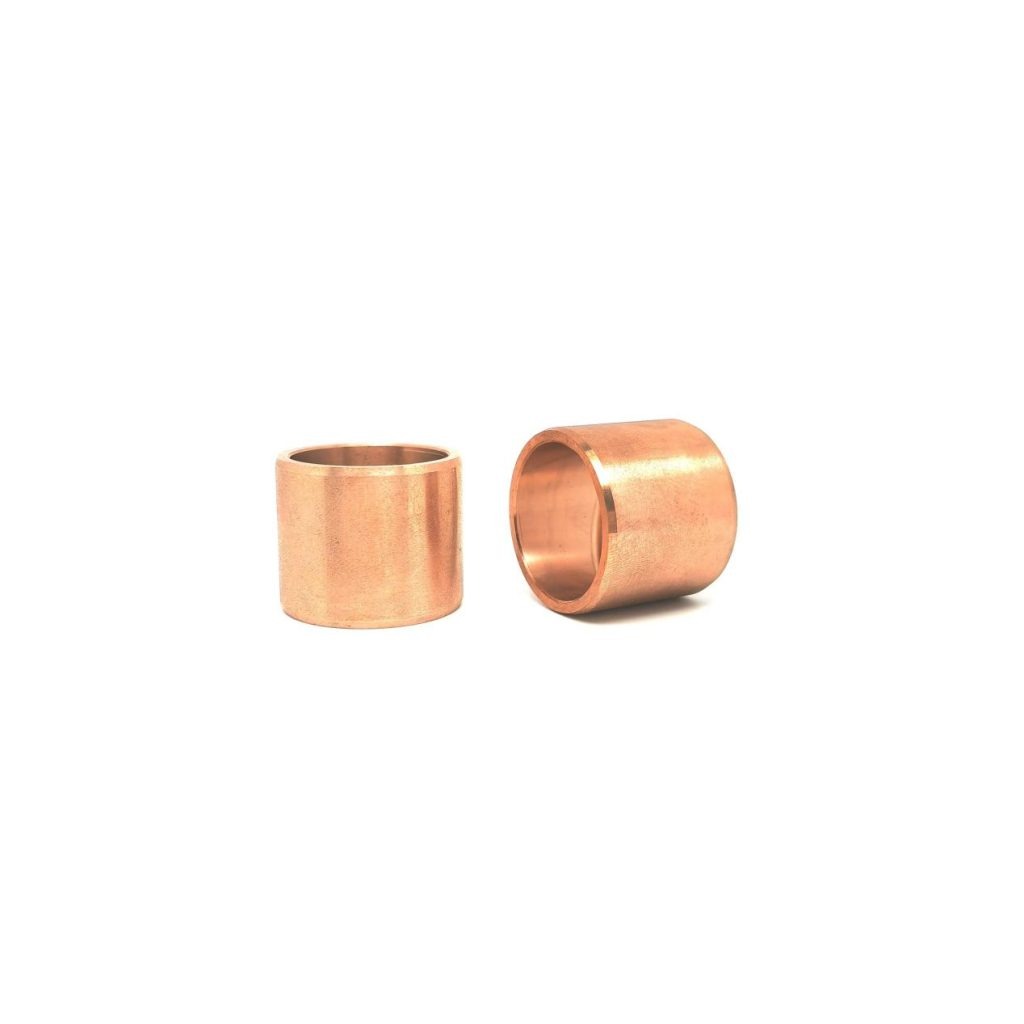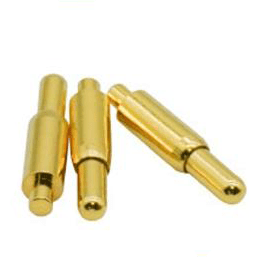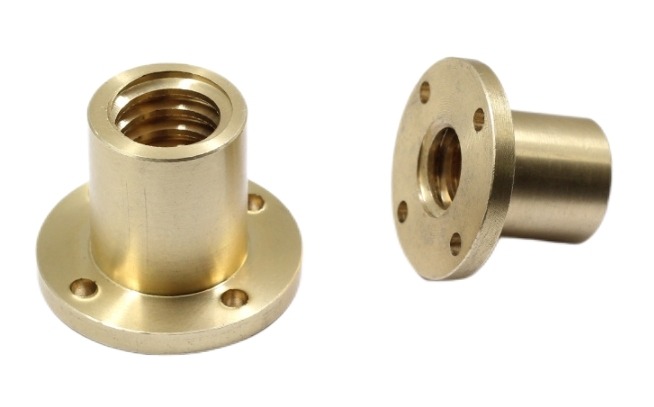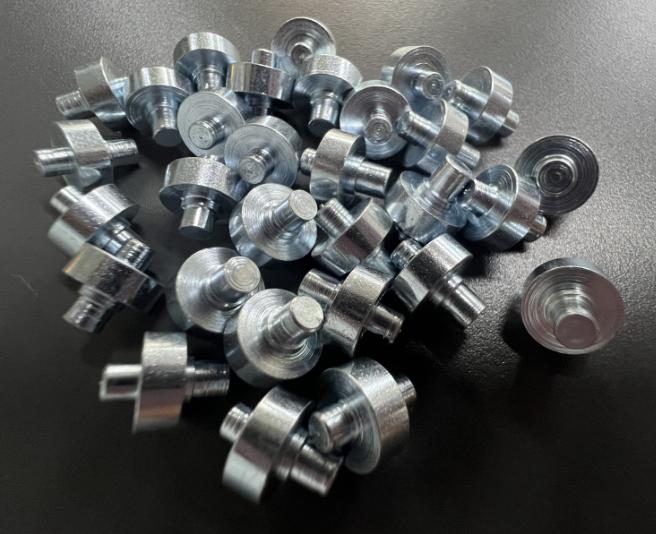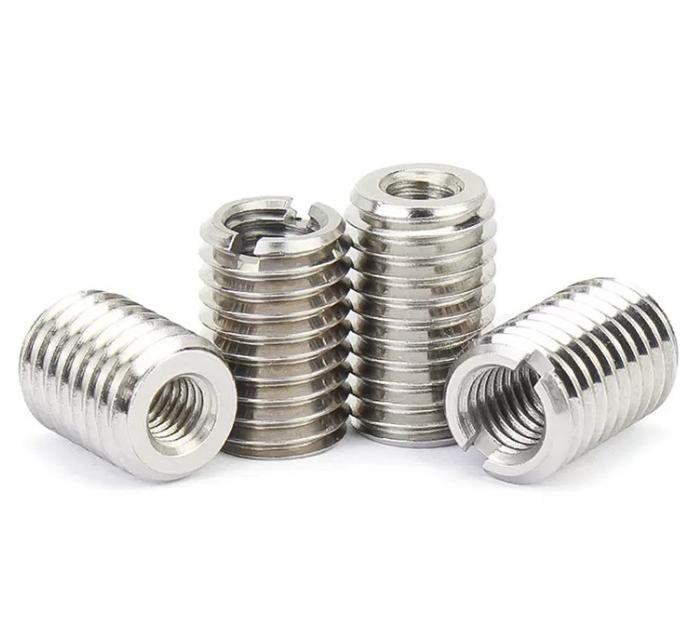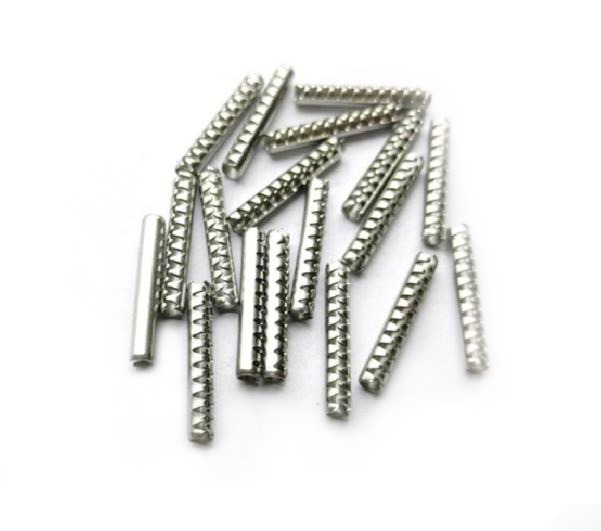A Guide to Thread Machining: Technologies, Tools and Applications
Thread machining is a fundamental process in manufacturing, responsible for creating the helical grooves (threads) that allow for the secure fastening of components. These threads come in various shapes and sizes, forming the basis of countless screwed connections across different industries. This article provides a comprehensive overview of thread machining, delving into the available technologies, tools, and their applications.
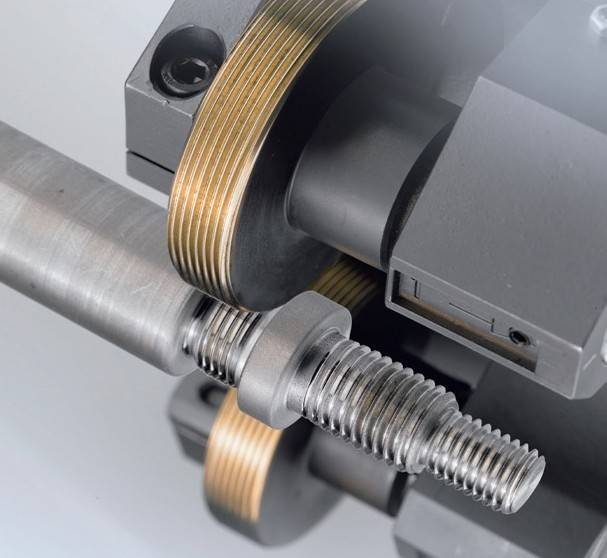
The Importance of Thread Machining
In the world of mechanical assemblies, threads reign supreme. They offer a simple yet highly effective way to join parts, enabling disassembly and reassembly when needed. Thread machining carves these helical grooves onto a workpiece, either on the outer diameter (external thread) or the inner diameter (internal thread). This process is crucial for various applications, from nuts and bolts to pipes and valves.
Thread machining falls under the subtractive manufacturing category. This means the desired thread profile is achieved by removing material from the workpiece. This removal is accomplished through specialized cutting tools that follow a precisely controlled path.
What are the Types of Threads?
- Internal Threads (Female Threads): These threads are machined on the concave surface of a cylindrical workpiece. They are designed to mate with an external thread (male thread). A common example is a nut, which has an internal thread to receive a bolt’s external thread.
- External Threads (Male Threads): Conversely, external threads are machined on the convex surface of a cylindrical workpiece. They are designed to fit into an internal thread. Bolts and screws are prime examples of components with external threads.
Beyond this basic classification, threads adhere to specific standards that define their dimensions and profile. Common thread standards include:
- Metric Thread System: This internationally recognized system uses millimeters (mm) for thread size and pitch (distance between threads).
- Unified Thread Standard (UTS): Primarily used in North America, this system uses inches (in) for thread size and threads per inch (TPI).
- British Standard Pipe Thread (BSP): This standard specifies threads used for pipe connections.
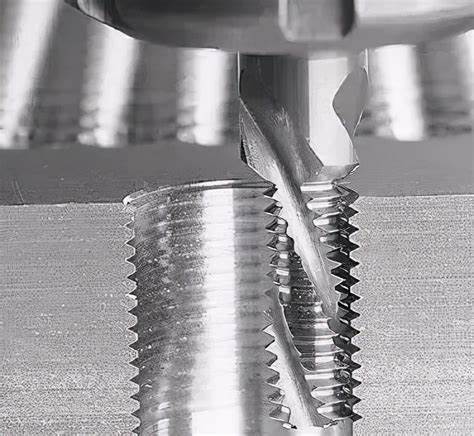
What are the Technologies of Thread Machining?
There are several thread machining technologies employed to achieve the desired thread profile on a workpiece. The two most common methods are tapping and thread milling:
A. Tapping (For Internal Threads):
Tapping is a well-established and cost-effective method for creating internal threads. It utilizes a specialized tool called a tap. A tap is essentially a fluted screw with a tapered shank. The flutes create channels for chip removal during the machining process. The tapered shank allows the tap to progressively cut deeper into the workpiece with each rotation, gradually forming the complete thread profile.
There are various types of taps available, each with its own flute style and material suited for different applications. Common tap flute styles include spiral flute, fluteless spiral point, and straight flute. Tap materials typically include high-speed steel (HSS) for general-purpose tapping and carbide for harder materials.
B. Thread Milling (For Internal & External Threads):
Thread milling offers a versatile approach to thread machining, capable of handling both internal and external threads. This method utilizes a rotary cutting tool called a thread mill. Unlike taps, thread mills have a defined thread profile on their cutting edges. The thread mill progressively removes material from the workpiece as it rotates and feeds along a programmed path.
There are two main types of thread mills:
- Single-point thread mills: These mills have a single cutting edge that replicates the entire thread profile. They offer high precision but can be slower than multi-point mills.
- Multi-point thread mills: These mills have multiple cutting inserts arranged around the circumference, each replicating a portion of the thread profile. They provide faster machining times but may have slightly lower precision compared to single-point mills.
Thread milling offers several advantages over tapping. It is a faster process, especially for larger threads. It also produces threads with a superior surface finish and allows for machining threads in harder materials that might be challenging to tap.
C. Other Thread Machining Methods
While tapping and thread milling are the most prevalent methods, there are a few other less common techniques for thread creation:
- Thread Whirling: This high-speed process utilizes a rotating ring tool with the desired thread profile to form threads on long, slender workpieces like screws.
- Thread Rolling: Unlike the previous methods that remove material, thread rolling uses a forming tool to plastically deform the workpiece material into the desired thread profile. This method is faster than cutting methods but is limited to specific materials with good ductility.
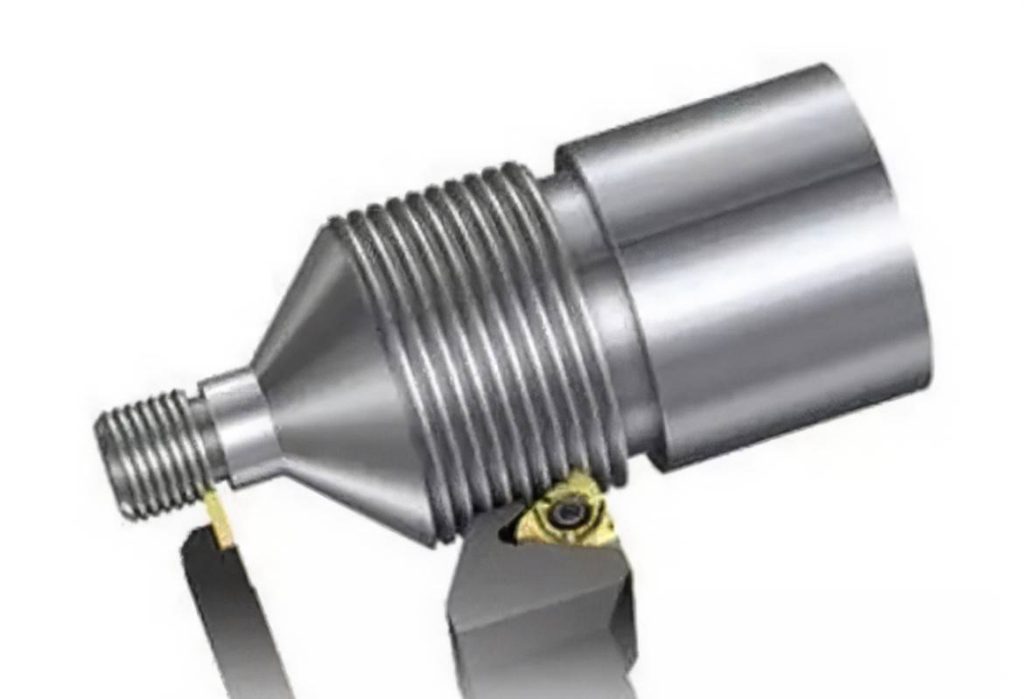
Selecting the Right Tool for Thread Machining
The success of thread machining hinges on selecting the appropriate tools for the job. Here’s a breakdown of the crucial cutting tools based on the chosen machining technology:
1. Cutting Tools for Tapping:
Taps: As mentioned earlier, taps come in various flute styles and materials. Here’s a closer look:
- Spiral Flute Taps: These offer good chip evacuation and are suitable for general-purpose tapping in most materials.
- Fluteless Spiral Point Taps: Ideal for blind holes (holes that don’t go all the way through the workpiece) as they minimize chip buildup at the bottom.
- Straight Flute Taps: Primarily used for through-holes (holes that go completely through the workpiece) due to their efficient chip removal capabilities.
- Tap Wrenches: These specialized wrenches provide leverage and a secure grip for manually operating taps. They come in various styles, including T-handle wrenches and socket wrenches, to accommodate different tap sizes and applications.
2. Cutting Tools for Thread Milling:
- Thread Mills: These rotary cutting tools come in single-point and multi-point configurations. Single-point mills offer high precision but require tool changes for different thread sizes. Multi-point mills with interchangeable inserts cater to a wider range of thread sizes but may have slightly lower precision.
- Thread Mill Holders: These secure the thread mill in the machine tool spindle and provide rigidity during machining. The choice of holder depends on the specific thread mill shank type and the machine tool interface.
- Cutting Inserts (for Multi-point Thread Mills): These replaceable inserts house the actual cutting edges that define the thread profile. Different insert geometries are available for various thread standards and materials.
Programming and Control for Thread Machining
The accuracy and efficiency of thread machining heavily rely on proper programming and control. In today’s manufacturing environment, most thread machining is done on CNC (Computer Numerical Control) machines. These machines utilize pre-programmed instructions that define the toolpath for the cutting tool.
For thread machining specifically, a programming technique called circular interpolation is employed. Circular interpolation allows the CNC machine to control the movement of the cutting tool along a circular path with a specific pitch (distance between threads) to create the desired thread profile.
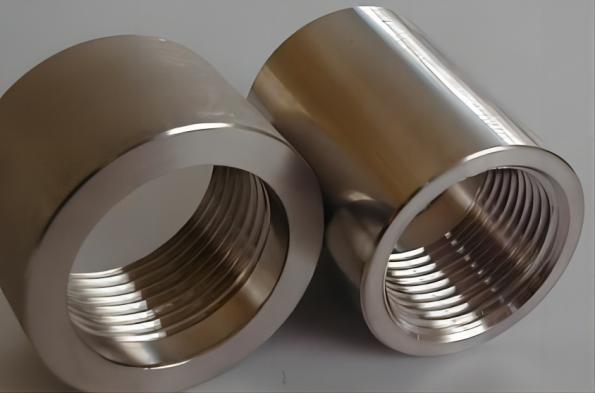
Applications of Thread Machining
Thread machining is a fundamental process applied across numerous industries and for diverse components. Here are some prominent examples:
- Automotive Industry: Engine blocks, cylinder heads, connecting rods, and countless other components rely on threads for assembly and fastening.
- Aerospace Industry: High-strength bolts, nuts, and other threaded fasteners are crucial for ensuring the structural integrity of aircraft.
- Consumer Electronics: Housings, heat sinks, and other components in electronic devices often utilize threads for assembly and attachment.
- Medical Devices: Surgical instruments, prosthetics, and other medical equipment frequently incorporate threads for secure connections.
- Construction Industry: Threaded pipes, valves, rods, and fasteners play a vital role in various construction projects.
In conclusion, thread machining is a fundamental and versatile process that enables the secure fastening of components across numerous industries. Understanding the different machining technologies, tools, and programming techniques allows for the creation of precise and reliable threads, ensuring the smooth operation of countless products in our everyday lives.

